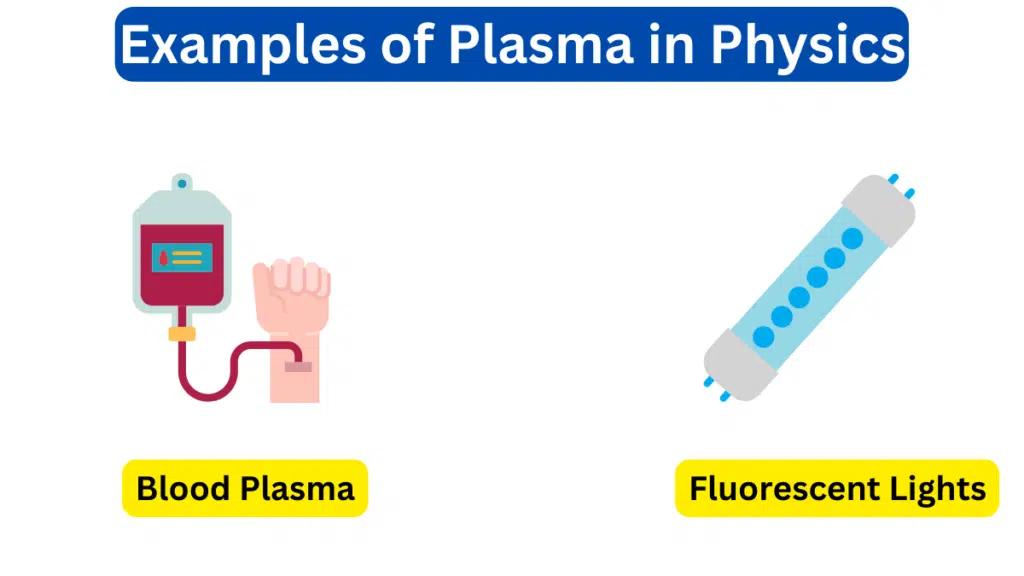10 Examples of Plasma in Physics
Plasma is one of the four fundamental states of matter, along with solid, liquid, and gas. Plasma is a high-energy state of matter characterized by ions and free electrons. Examples of plasma include stars and neon signs.
Examples of Plasma in Physics
Here are 10 examples of plasma physics.

1. Stars
The Sun and other stars are primarily composed of plasma. Nuclear fusion processes within stars generate immense heat and pressure, causing hydrogen to ionize and form a hot, glowing plasma.
2. Lightning
Lightning is a natural electrical discharge that occurs during thunderstorms. It is a form of plasma created by the rapid heating and ionization of air as an electric current flows through it.
3. Neon Signs
Neon signs and other gas discharge lamps use plasma to create vibrant and colorful illumination. When an electric current passes through a gas (such as neon or argon), it ionizes the gas and produces visible light.
4. Aurora Borealis and Aurora Australis
The northern and southern lights, also known as the auroras, are natural light displays in Earth’s polar regions. They result from the interaction between charged particles from the Sun (solar wind) and the gases in Earth’s atmosphere, creating colorful plasma displays.
5. Fluorescent Lights
Fluorescent lights are commonly used for illumination in homes and offices. They contain a small amount of mercury vapor, which emits ultraviolet (UV) radiation when ionized. The UV radiation then excites phosphor coatings on the inside of the tube, producing visible light.
6. Fusion Reactors
Experimental fusion reactors, such as tokamaks, use plasma at extremely high temperatures and pressures to replicate the nuclear fusion processes that power stars. Achieving controlled fusion is a potential future source of clean energy.
7. Plasma Cutting
Plasma cutting is a manufacturing process that uses a high-temperature plasma jet to cut through metals and other materials. The plasma cutter ionizes gas and forces it through a narrow nozzle, creating a focused and extremely hot plasma stream.
8. Interstellar and Intergalactic Space
The vast regions of space between stars and galaxies contain a low-density, extremely hot plasma known as the interstellar and intergalactic medium. It consists of ionized hydrogen and helium, as well as trace amounts of other elements.
9. Laboratory Plasmas
Scientists create laboratory plasmas in controlled environments to study the behavior of matter at extremely high temperatures and energy levels. These plasmas are used in various research fields, including nuclear fusion, astrophysics, and plasma physics.
10. Blood Plasma
In biological terms, blood plasma is the liquid component of blood that carries blood cells and various proteins. While not the same as the high-temperature plasmas mentioned above, blood plasma is an essential part of human physiology and contains ions and charged particles.







Leave a Reply